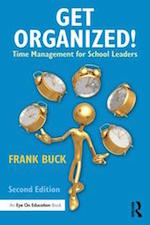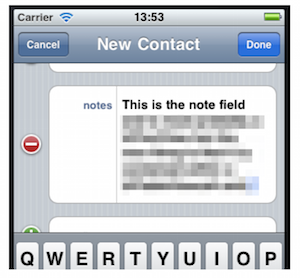Get Organized: Max Out Your Contacts App
This is the third in a 5-part series by Dr. Frank Buck on developing a productivity suite of tools to support the organized school leader. The suite includes the Calendar (the places we must be); the Task list (the things we must do); the Contacts (the people with whom we connect); the Notes (the reference information we need to have at hand); and Email (the hub of communication) Part 1 and Part 2.

Was your New Year’s resolution to “get organized”? If so, my five-part series here at MiddleWeb provides the “nuts-and-bolts” that will make it happen.
The organized person of yesteryear likely used a paper planner as the centerpiece of the organizational system. You saw the person and you saw that book. It was the “signature tool.”
The Productivity Suite
We need a “signature tool” today. But because of the amount of information which arrives digitally, the signature tool should be digital. The organized person of today needs a five-piece productivity suite:
- Calendar—The places we must be
- Task list—The things we must do
- Contacts—The people with whom we connect
- Notes—The reference information we need to have at hand
- Email—The hub of communication
► As you were ringing in New Year’s Day, you read about the advantage of using a digital calendar. Whether you were a novice or an old pro in this arena, you were sure to have learned something new.
► As Groundhog Day approached, we explored why your task list should be digital. You learned the seven criteria for choosing a digital list. You also learned my recommendation for which one to use.
As we march towards St. Patrick’s Day, let’s focus on the third piece of the productivity suite.
Contacts: The People in Your Life
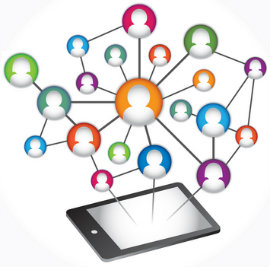
Still, many people use their Contacts tool as a digital replacement for the paper address book. Your information is on your phone—and only on your phone. How many times has a friend sent this urgent message? “I have lost my phone. Can everyone please send me their contact information?”
Also, many people limit themselves on the Contacts fields they use. In particular, they ignore one extremely valuable field—one that may even be in hiding.
Notes: Sweet Spot for Best Information
Many people overlook the field that I think is the most powerful one. That field is “Notes.” Look for the large, open box. Often, this box does not show by default on mobile devices. Look for a link that says something like: “Add additional field.”
What sort of information could you add to the “Notes” field?
- You meet people at a conference and they give you their business cards. Enter the information in your Contacts. In the note field, add a notation about the event at which you met them. The notation will serve to jog your memory later.
We routinely buy presents for relatives, often clothing. Just what shirt size does Uncle Bill wear? Put clothing sizes in the note for your Contacts, and you will have it on your mobile device as you shop.
- Your friend in a distant state, to whom you talk with about once a year, has two children. You can never recall their names. Put the names of those children in the note field of your friend’s contact record. Also add their birth dates if possible. During your next conversation, your friend will be amazed at how your memory has improved. You are able to ask about the children by name and miraculously know that little Buffy is around 8 years old.
- One of your contacts is working on a large and important project or is planning for a special trip with his family. When you talk to this person, you would like a reminder about these milestones in his life. Add the information to the note field in his contact record.
- Your last conversation with a person was significant. You want to have that information available the next time you talk. You can enter the highlights from that conversation in this field.
- Every time you call a particular business, the receptionist asks you for your account number. Put that information in the note field, and you will have it.
School leaders will have no problem seeing how the Notes feature can help our overworked memory functions!
Can You See Recent Emails?
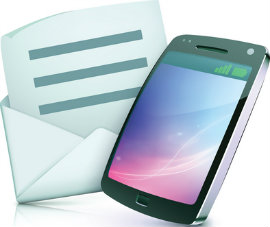
Who is Calling?
Did you know you can set a ringtone for a particular person? Would you like to know it’s your daughter calling without even having to look at the phone?
On your phone, click to edit a contact record. Scroll down and you will see a “ringtone” setting. Change it from the default and you will always know the sound you pick signifies that special person is calling,
Does it Sync?
Your Contacts must live in the cloud. If they live only on your phone, you miss a huge productivity boost. The advantages of having all the information available from anywhere and on any device is enormous. The ability to do all the heavy entry on a full-sized keyboard using all your fingers beats typing with two thumbs on a piece of glass.
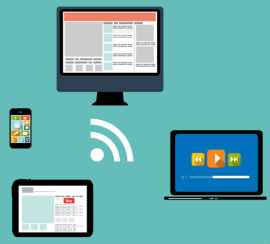
If your information is not syncing, one Google search will supply suggested solutions. If that doesn’t work, hand your phone to the first 6th grader who walks by. That strategy works every time!
If I Only Learn One Thing
When it comes to technology, we all have holes in our knowledge base. For each of us, those holes occur at different places. “Contacts” is the area of the productivity suite with which we are most familiar. As you read this article, you are likely to have said, “I already know that” along the way. But did you find just one new idea, one that will help you every day? If so, my mission in writing this article for you was accomplished.
Middle level educators deal with a wide variety of people. We have friends and relatives. We stay in touch with business leaders. We have our favorite vendors. We attend conferences to hone our skills. We are connected people. Therefore, we need the tools to help us stay connected and make it look easy. An amazingly complete Contacts tool puts the right information before you. It keeps you in touch with the people in your life.
